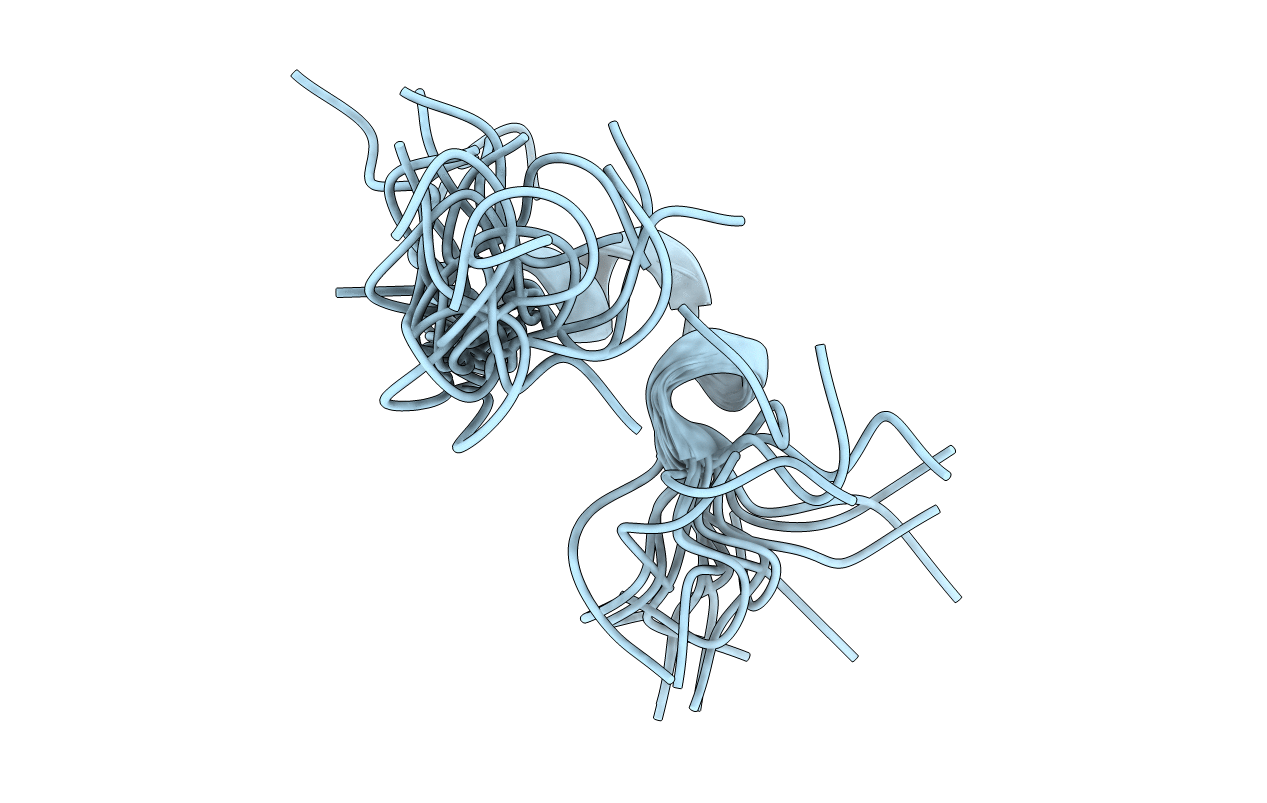
Deposition Date
2014-04-16
Release Date
2015-02-18
Last Version Date
2024-11-13
Entry Detail
PDB ID:
4CZ3
Keywords:
Title:
HP24wt derived from the villin headpiece subdomain
Biological Source:
Source Organism:
GALLUS GALLUS (Taxon ID: 9031)
Method Details:
Experimental Method:
Conformers Calculated:
20
Conformers Submitted:
20
Selection Criteria:
LEAST RESTRAINT VIOLATION


